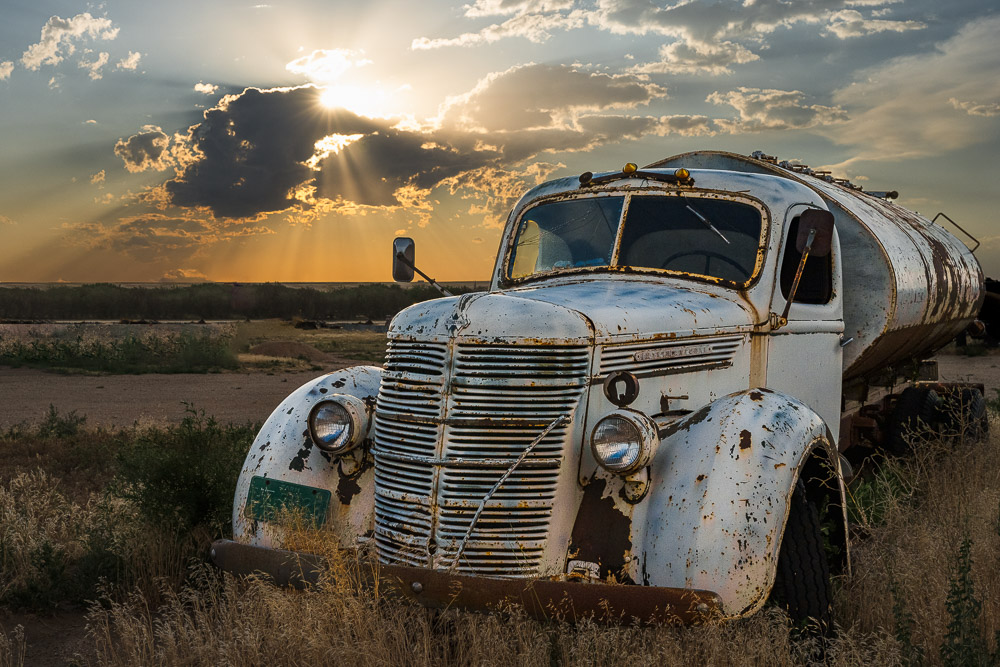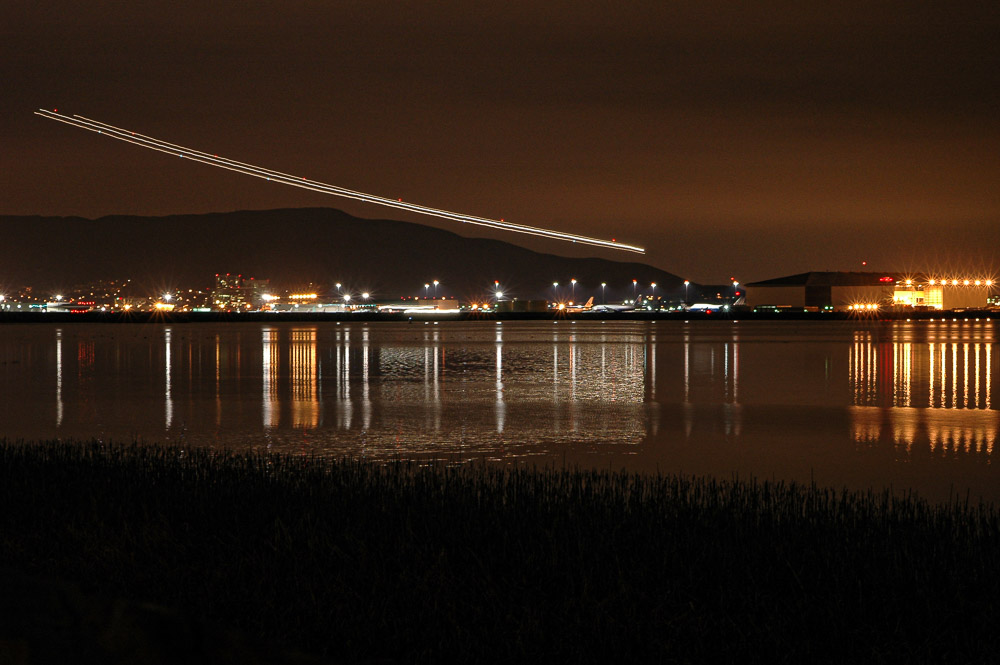Sometimes you just have to make up a word when you can’t find the right one. In this case Jay Maisel made it up. I think he is referring to seeing beneath the surface. If we find the it-ness, we are starting to get to a level where we understand more about the scene. Then maybe we can show it to our viewers.
See past the obvious
Jay seemed to be telling us to get past the first surface response and burrow down to a deeper response to a subject. The normal mode for a lot of us is to see a scene we like, pull the camera up to our eye, and shoot. Done. Go on.
But I think Jay i suggesting we slow down and not necessarily give in to our first instinct. With a little more thought and introspection we often come to a different relationship with a subject or scene. In other words, stop and think. Get in touch with why you are reacting to it and see if you can bring that out more.
There are 3 very interesting videos about Jay Maisel on Kelby One (I am not affiliated with them and I get no benefit for referring them; but it would be worthwhile to subscribe long enough to watch these 3). In each, Jay is spending a day walking around with Scott Kelby, demonstrating his technique and thought process. They are very worthwhile (when Jay is talking, not Scott). It seems like Jay is shooting quickly and instinctively, but keep in mind you are seeing the result of 50 or more years of finely honed craft. When asked about an image he can always articulate a detailed reason why he took it, what it meant to him, and why he composed it like he did. And when he reviews his seemingly quickly grabbed images, it make you want to tell him “I hate you”.
So maybe there is the promise that, with enough practice, little conscious thought is required.
Wabi-Sabi
I always hesitate to bring wabi-sabi up. It is easy to step off into really deep stuff. Apparently you can’t really appreciate it’s true meaning unless you are a native Japanese steeped in Zen Buddhism. There is no simple English translation.
But that doesn’t deter me from trying. Even though I am American and not at all a Buddhism practitioner. 🙂
Explanations often start from breaking down the two words wabi and sabi. One good definition says:
‘Wabi’ expresses the part of simplicity, impermanence, flaws, and imperfection. On the contrary, ‘Sabi’ displays and expresses the effect that time has on a substance or any object. Together ‘wabi-sabi’ embraces the idea of aesthetic appreciation of aging, flaws, and the beauty of the effects of time and imperfections. The two separate parts when put together, complete each other. They express simplicity and the truest form of an object.
That seems to be an elegantly simple expression of finding the it-ness of something. Regarding a thing with all its flaws and imperfections and appreciating how it changes and weathers and even decays over time is really getting in touch with its essence.
More than the subject
I recently explored the idea of the subject not being the subject. Going on beyond that is this notion of capturing the it-ness of something may be more important that just representing the thing.
The image with today’s post is an example. This old International truck fascinated me for years. It is about 50 miles from my house, not on the way to anywhere, but I visited it many times. I was never satisfied that I had photographed “it”. I took many pictures of the truck, but I never felt I actually got what I felt about it.
Finally, one day I was going by and I knew I needed to visit it one more time. Some junk was starting to encroach on it and, after it setting there rusting for years, it seemed possible that the opportunity might go away.
But this time, instead of jumping out and taking pictures, I just stared and thought a while. I walked around it slowly. All the while I was trying to explain to myself what my feelings were about this truck and how I would take its portrait.
After thinking a long time, I basically just took this one image. To me, it perfectly captures the personality, the story, the history – the it-ness – of the magnificent old truck. I felt a relationship to it.
The next time I came by there, it was all fenced off and junk was stacked all around. The picture opportunity was gone. That makes me sad, but I finally had the picture I wanted. I believe this is a true and accurate portrait of this giant of the Colorado plains. This will always be my memory of that good old truck that I have known a long time.
This is a wabi-sabi story. It is also an example of another of Jay Maisel’s maxims: shoot it now, because it won’t be there when you come back.
Find interest
I have said several times that we can find interest in almost anything if we try. We have to get over looking just at the surface. Maybe it’s not the prettiest of its kind. Maybe there are imperfections. Do those give it character? Does it tell a story of it’s past?
As an extreme example, we have had a lot of forest fires here in Colorado in the last few years. As have many places. It is sad to see a beautiful forest destroyed. But I have found great beauty in burn scars and the re-growth that is happening.
It seems to be more and more a case for me that interest does not equate to pretty. Almost to the extent of being a negative correlation, where pretty implies less interest. So a perfect flower is a thing of beauty, but does that make it the most interesting? I’m not saying it is always true for me, but a “past its prime” specimen may tell a more interesting story of struggle, survival, endurance, and the passing of time.
Try it. Like my example of working on the truck, slow down. Think more. Figure out the it-ness of the thing. Then shoot to capture that.





